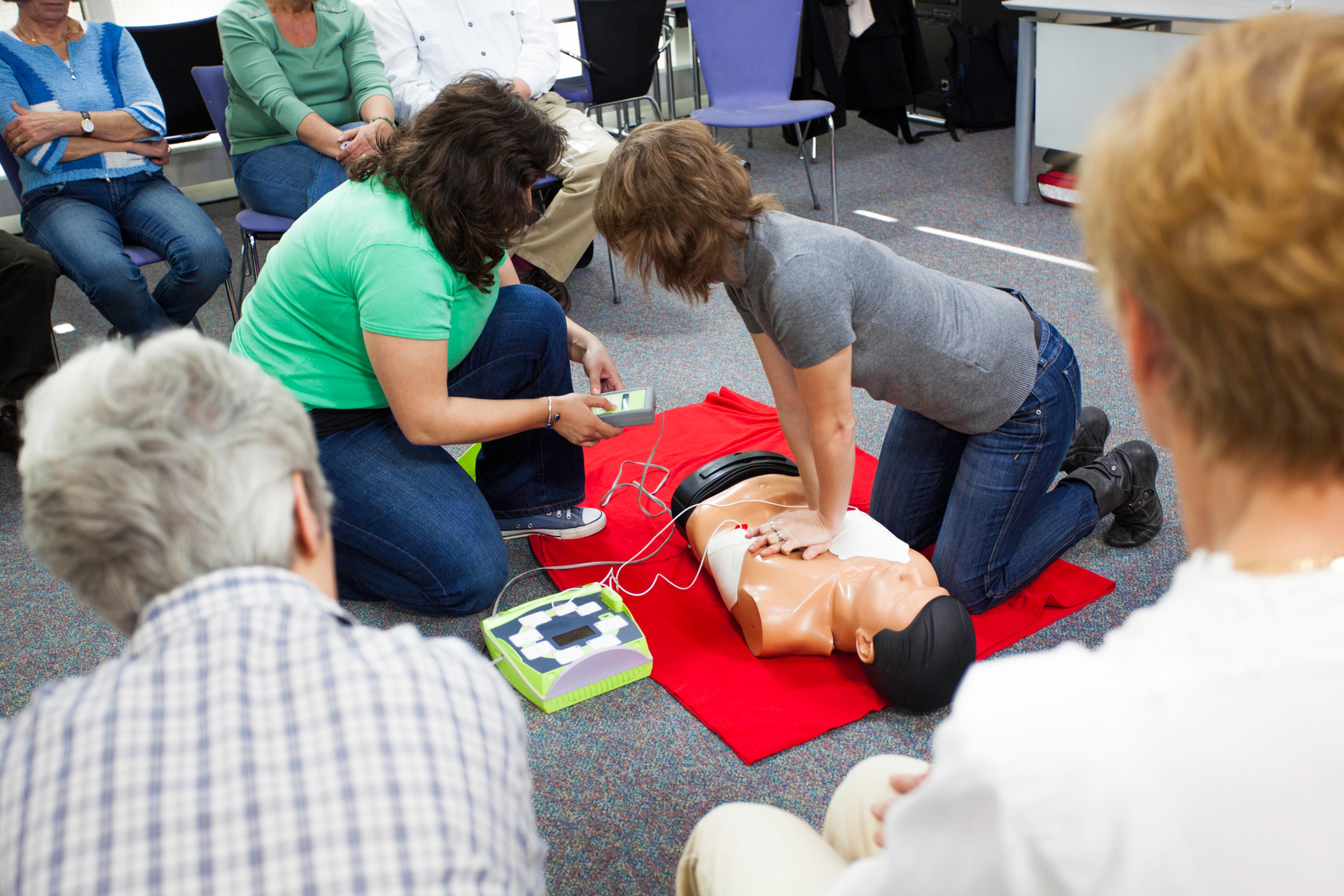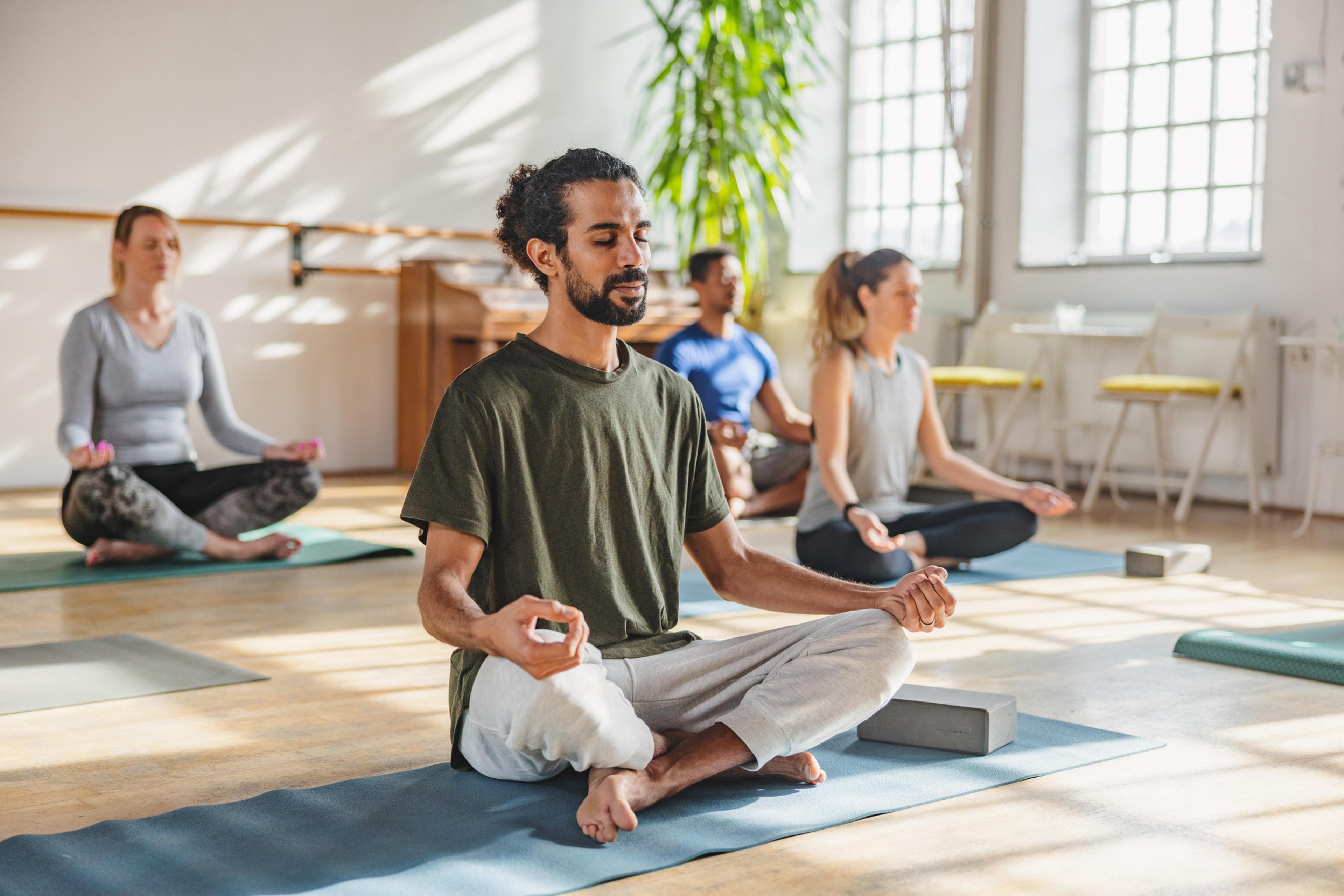Why Women Don’t Receive CPR as Frequently as Men
Amy Barczy
| 3 min read
Amy Barczy is a former brand journalist who authored...

Heart disease is the number one killer of women. Yet if a woman were to experience a cardiac emergency, she is more likely to suffer alone: women receive CPR from bystanders less than men.
A 2017 study found that 39% of women in cardiac arrest received CPR from strangers in a public emergency, compared with 45% of men. Men's odds of surviving were 23% higher than women's.
The reasons are often related to stigmas and fears. Some individuals are afraid that they will be accused of inappropriately touching a woman’s chest or causing them physical harm. Others believe women are less likely to have heart problems, so they may not recognize a woman’s symptoms as being connected to a heart issue.
Sudden cardiac arrest – when the heart stops beating – can be deadly: about 89% of people who experience such an emergency outside of a hospital die. Health experts believe hands-only CPR can make a difference for men and women.
What is hands-only CPR?
If a teen or adult suddenly collapses, bystanders need to act fast to save their life. Check to see if their heart is still beating or if they have stopped breathing. If someone has stopped breathing, it may not mean their heartbeat has stopped. CPR is still needed even if someone has stopped breathing.
Here are the American Heart Association’s tips for performing hands-only CPR on men and women:
- Call 911 immediately and have the phone on speaker or have someone else handle the call
- Make sure the person is flat on their back. Put the heel of one hand in the center of their chest, and then the other hand on top. Push down hard and fast in the center of their chest. Keep the rhythm at a rate of 100 to 120 compressions per minute. This can be done to songs like “Stayin’ Alive” by the Bee Gees to help you keep the pace.
According to the American Heart Association, there is low risk of harm to a patient when performing CPR.
Signs of a heart attack in women
Chest pain is the most common symptom of heart attack for men and women. Men and women often have the following symptoms:
- Squeezing pressure in chest, or pain
- Pain in the jaw, neck or back
- Nausea or vomiting
- Shortness of breath
However, women may not always experience chest pain. They may also experience symptoms that are less obvious warning signs:
- Pain or pressure in the lower chest or upper abdomen
- Fainting
- Indigestion
- Extreme fatigue
Signs of a stroke in women
Women are at a higher risk of stroke than men, partly due to conditions that only affect women, including pregnancy and high blood pressure that can develop during pregnancy, birth control pills, hormone replacement therapy, migraines with aura and atrial fibrillation.
- Both men and women share these symptoms of stroke:
- Numbness or weakness in face, arm or leg
- Trouble speaking or understanding speech
- Vision problems
- Trouble walking or lack of coordination
- Severe headache
Women may also experience the following symptoms of stroke:
- General weakness
- Disorientation, confusion or memory problems
- Fatigue
- Nausea or vomiting
Women should talk with their health care provider about their health conditions, medication and lifestyle to understand their risk of cardiovascular disease. Heart-healthy lifestyle modifications can affect the risk of heart attack and stroke.





